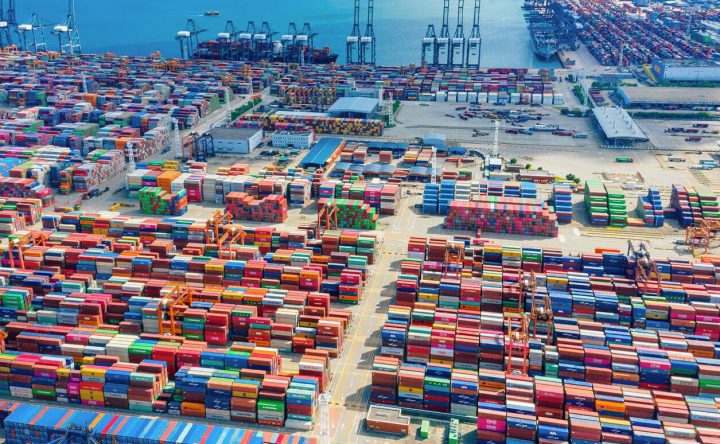The Trump Administration’s threat to slap a 25% tariff on most imports from Canada and Mexico starting on April 2nd will have many unhealthy effects on all three of North America’s economies. If enacted, these tariffs would increase costs and prices and lower total employment, productivity, and real wages across all three economies. However, they will not have a material effect on home affordability in the US.
News in
A Home Design Catalog Takes Aim at a National Housing Shortage
In an effort to speed up much-needed homebuilding, Canada aims to bring back a tool that was last used in the post-war housing crisis.
Canada’s Caribou Conservation Goals and Woodland Management
One of the world’s biggest softwood lumber producing countries is in the midst of a major conservation effort that could place some Canadian fiber off limits to harvesters. Canada is taking steps to preserve boreal caribou habitat through provincial conservation plans.
A Glimpse into 2023 Forest Products Demand After Two Volatile Years
A huge number of homes slated for construction in the US this year are still waiting to be built or completed as a chronic labor shortage, tight supplies, and steep inflation wallop homebuilders’ confidence. This comes on the heels of the industry’s rockstar performance in 2021 following a surge in pandemic-induced homebuilding demand that took the industry by surprise.
Potential Impacts of Russia-Ukraine Conflict on Softwood Log and Lumber Markets
Sanctions on Russia, including the ban on using the SWIFT money transfer system, will severely limit its ability to participate in international trade, but the impacts to its softwood log and lumber trade are likely to be less affected than other industries.
Over half of Russia’s softwood lumber trade and three-quarters of its softwood log trade is with China (graphs below). China has not imposed sanctions on Russia and has payment systems independent from the SWIFT system. Only ocean shipments from St. Petersburg, which account for around 25% of China’s total volume from Russia, are traded with letters of credit based in US dollars. Some contracts have already been changed to Chinese RMB payments, however trade from Northwest Russia is likely to suffer some in the coming months.
Monthly Macroeconomic Advisor
Learn more about this serviceAre you a subscriber? To access the latest issue, please log in.
Embrace the Inevitable: Wood-Based Construction Set to Move Offsite
IS YOUR ORGANIZATION READY FOR THE COMING BUILDING REVOLUTION?
The American building community of developers, architects, engineers, contractors and building construction firms are currently facing a multitude of challenges that require urgent attention. The scale and scope of these challenges will force change at a revolutionary rather than an evolutionary pace. Marginal improvements and refinements aren’t going to cut it any longer, since many of the current challenges facing the sector will almost certainly continue to get worse rather than improve. Moreover, although this article mainly focuses on the domestic front, these challenges are by no means confined to the United States. In fact, many of them are more pressing abroad, in both advanced and emerging economies.
Are you ready for the revolution?
Implications of the Impending High Budget Deficits
In my previous Spotlight, I reviewed the challenges facing the Federal Reserve (Fed) over the next few years. The primary goal for the Federal Reserve is to maintain a healthy financial system that allows for sustainable trend economic growth with moderate inflation (the goal is 2% or less for the price deflator for consumer expenditures less food and energy).
No, the So-Called Trump Lumber Tariffs Will Not Threaten the Us Housing Recovery
We have received a slew of media inquires in the past week from reporters who were pushing the following storylines:
1. Donald Trump’s tariffs on lumber have caused prices to surge from about $300 per thousand board feet (MBF) to more than $600 per MBF.
2. Surging building materials prices pose a potentially mortal threat to the US housing recovery.
Our short responses to these storylines are as follows 1) that ain’t necessarily so, and 2) that’s hogwash.
Spotlight on Housing Removals
The rate of housing removals is an often overlooked, but surprisingly important component of housing demand. It is often overlooked because quality data on home removals are scarce to nonexistent. It is important because removals account for about 20% of the demand for housing over the course of a housing cycle. Only net household formation accounts for a bigger share of underlying demand for housing.









